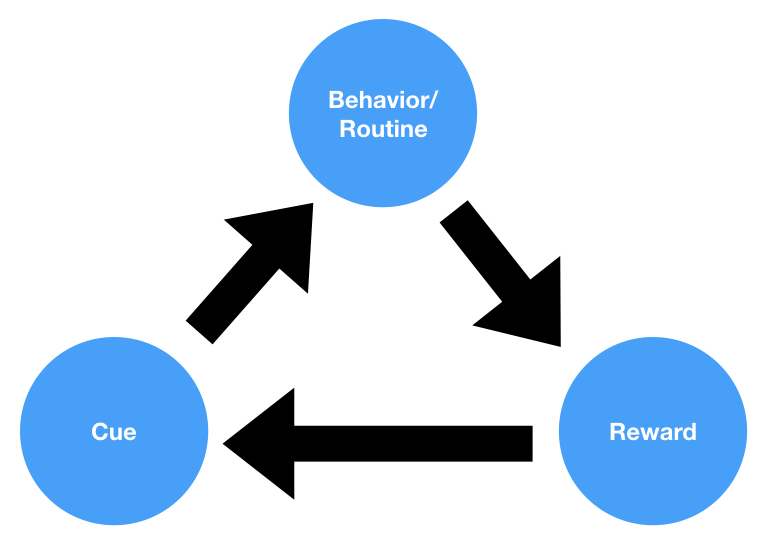When I’m feeling particularly fanciful, I like to think of myself as a less charming House M.D.
Instead of staring into a Macbook and going through graphs in Tableau or Mixpanel, I imagine I’m looking at the charts of a particularly challenging patient—trying to figure out what’s *really* going on.
While you may think this is a strange comparison, the job of an applied behavioral scientist is more doctor-like than you’d think.
On many projects, it’s our job to make a proper diagnosis of the behavioral problem and then determine the most effective intervention.
The same way doctors have a standard approach to assessing a patient, we have a standard way of assessing a behavior-change problem:
- Take the vitals (collect & look at the numbers)
- Observe the patient (ethnography / customer observation)
- Ask some questions (customer interviewing)
- Develop hypotheses (based on an understanding of the science & past experience)
- Prescribe a probable solution
- Observe results
- Repeat the process if the problem isn’t resolved
Like a challenging patient, some particularly stubborn behavior problems may require a few rounds of treatment (and sometimes major surgery); but that’s the iterative nature of the diagnostic process.
So the next time you’re working on figuring out a really tricky behavior problem, sit down, close your eyes, and channel your inner House. The patient will thank you for it.
Best,
Jason





